A Prehistoric Ritual
Author: Olivia Liu, Upstream Alliance
After a full day of kayaking, bird-watching, and reapplying sunscreen, Upstream Alliance and guests gathered on the sandy shore of Slaughter Beach to celebrate and witness a 450-million-year-old ritual. From April to August, peaking in May and June, Atlantic horseshoe crabs in the hundreds of thousands swarm ashore to spawn on the beaches. This year, UA hosted a two-day Delaware Bay trip to witness this fantastic natural phenomena. The expedition was planned around the full moon, when the tide is strong, and horseshoe crab spawning is at its height.
Horseshoe crab procreation underwrites the equally spectacular spring migration of several species of migratory shorebirds through the mid-Atlantic coastal fringes. One species of particular interest is the Red knot, traveling over 5,000 miles from South America to the Canadian Arctic. To make it all the way to the Arctic, Red knots will layover along the Delaware beaches in the hundreds of thousands, eating horseshoe crab eggs all day every day for almost two weeks. They can ingest up to 18,000 eggs in a day, doubling their body weight before flying another 4,500 miles to the Canadian Arctic. An incredible feat!
The link between horseshoe crab spawning and shorebird migration draws birders, scientists, and families from all over the United States to witness this incredible natural rarity. Many guests on the UA trip were sporting binoculars, cameras, and were provided with bird identification sheets. The purpose of the trip was to highlight the links between crab and egg abundance and the energetic needs for migrating birds. In the 1990s, fishermen were taking crabs by the hundreds of thousands for cheap bait to catch eels and whelks – and were targeting pregnant females in particular. Both species declined sharply, and protective measures were taken to prevent further decline. Today, the horseshoe crabs of the Delaware Bay are once again under threat.
To fight this danger, Upstream brought together environmental leaders from the Chesapeake, Delaware Bay, Delaware River and Hudson River together, to discuss the peril of the horseshoe crabs, in light of proposed regulations to allow for the increased harvest of egg-bearing female crabs. Tim Dillingham, Executive Director of the American Littoral Society, gave a presentation about this issue on the beach, as guests sat about the fire and waited for the sun to go down.
As darkness set in, and the moon began to shine, people slowly switched on their headlamps. Quinn Whitesall, also with American Littoral Society, pulled out tags from her bag and began to discuss the behavioral and biological attributes of horseshoe crabs. Quinn spent the next hour or so demonstrating how to drill a small hole in the side of the carapace (shell) a few inches below one of its compound eyes, and pop a tag in. Tagging and monitoring crabs helps provide information on population trends and crab movement, and is a great educational and outreach tool to involve communities in their local environment and generate interest in restoration programs.
This trip was eye-opening for a young naturalist like myself. Watching the horseshoe crabs crawl onto the beach provoked a slight feeling of discomfort. The realization that we are a very small blip on the evolutionary timeline, watching something that’s happened every single year for almost 450 million years, which is a time frame difficult to wrap my mind around. Hopefully, it instilled a sense of duty in people to protect one of earth’s longest running spectacles as well.

